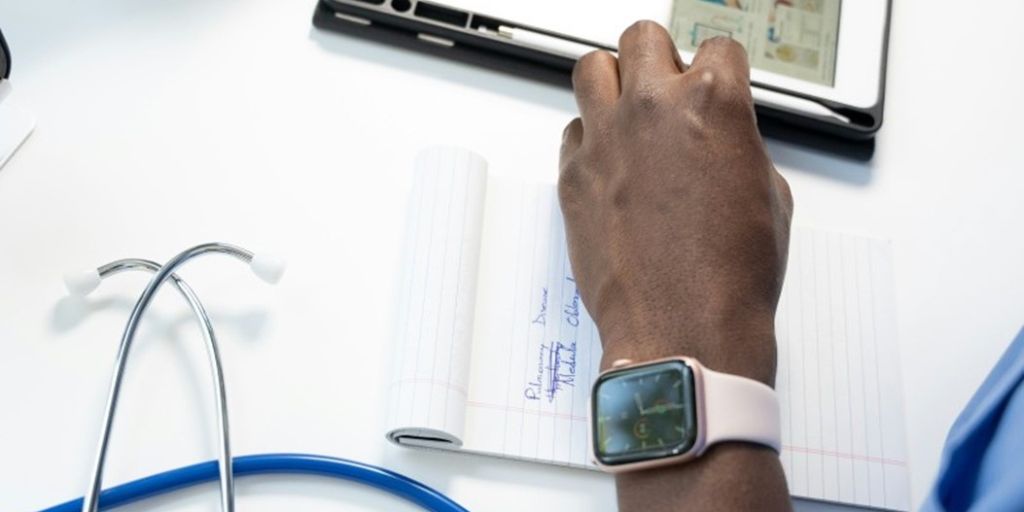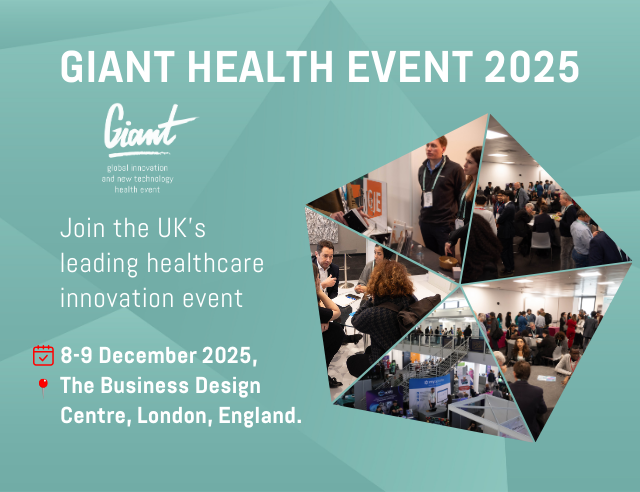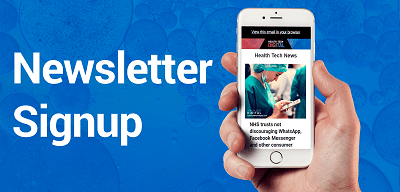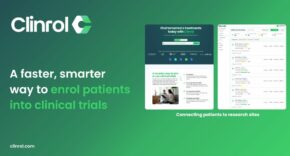
In today’s world, being sick is inevitable. A runny nose, a sore throat, maybe a bit of a headache, these are just some of the ways our bodies react to illnesses.
Of course, we look to fight illnesses in many ways; we may consult medical professionals, take medications, or even undertake procedures to ultimately make us feel better. This takes time, though, and can be inefficient, costly, and in some cases, fatal.
What if we were to change a core concept of medicine, shifting from a world where care isn’t in response to an illness, and instead, responding to an issue proactively, potentially minimizing or eliminating an illness entirely?
Healthcare may be at a turning point, just ask anyone who’s completed an online FNP program, whether the technology used today in offices and stores across the nation could be used to transform healthcare, for the better. In this article, we’ll explore the role of computers in medicine and how one emerging technology may spark a new revolution in proactive healthcare.
A (Brief) History of Computers in Medicine
Since the advent of the modern computer in the twentieth century, modern medicine has seen a transformation. New efficiencies have been unlocked as computing has evolved, and in turn, medical treatment has significantly benefited from it.
When looking back on all the innovations made in patient care and treatment as a result of computer innovation, three key areas come to mind. These include the digitization of patient records, improved access to information, and enhanced healthcare access.
It seems inconceivable that, as little as two decades ago, customer data was stored mainly on clipboards and printed documents, and that this data was not shared or distributed among specialists or other staff. In today’s highly interconnected world, innovations in computing have transformed patient care, empowering patients and providers. This, as we’ll see later on, also has the potential to enable the next generation of healthcare innovation.
Improved access to information extends beyond patient records; media platforms such as YouTube and Vimeo have created new opportunities for knowledge sharing in the healthcare sector. While there are privacy concerns that medical staff must manage, this transformation has shifted the way we think about healthcare education.
Finally, it’s important not to underestimate the role that enhancements to digital communication, including the evolution of VoIP and video calls, have had on healthcare more broadly. New improvements in platforms such as Zoom and Microsoft Teams are allowing patients and doctors to speak and collaborate – in some instances, from thousands of miles away.
The Benefits of Proactive Medicine
In the English dictionary, a common idiom is the notion that prevention is better than a cure. In modern medicine, a key concept of healthcare is using what is known about medicine to help proactively protect the community served.
For illnesses that medical science has a firm understanding of, preventative treatments such as vaccination and immunization have become a key part of healthcare. While there have been critics over the decades, the benefits of these preventative medicine programs have been undeniable, with some models estimating that as many as 150 million lives have been saved by immunization programs.
For medical professionals, preventative treatment is optimal; any tool or mechanism that can be used to proactively treat a patient before an issue occurs is ultimately more beneficial than something that responds to a problem.

Augmentation – Not Replacement
So far, we’ve learned two things: technology is transforming medicine as we know it, and proactive and preventative medicine is ultimately much more potent than simply reacting to healthcare crises.
For new technologies, such as unsupervised machine learning models, substantial risks exist. What happens if a model reports a false positive or misses a treatment entirely? How can the medical sector overcome a wary public?
The answer may start with a reimagining of how we consider technology applications in healthcare. Historically, healthcare innovation has often been hand-in-hand with technology innovation, with healthcare stakeholders able to review, refine, and provide feedback on changes to ensure that they work better for all involved.
Why not do that for new applications? Instead of blind trust in the algorithm, use it as an indicator. Much like how COVID-19 tests at home were used as an indicator of the virus, rather than a confirmation, healthcare staff should have the ability to both utilize machine learning tools and make their own assessments.
With doctors recognizing the need to transform the diagnostic process, it seems inevitable that a new step change in healthcare is coming. It’s clear that the broad adoption of predictive analytics could benefit many healthcare fields and potentially shift our mindset on care entirely. For those in the healthcare sector, it’s an exciting time to consider what’s next in patient treatment and care.











